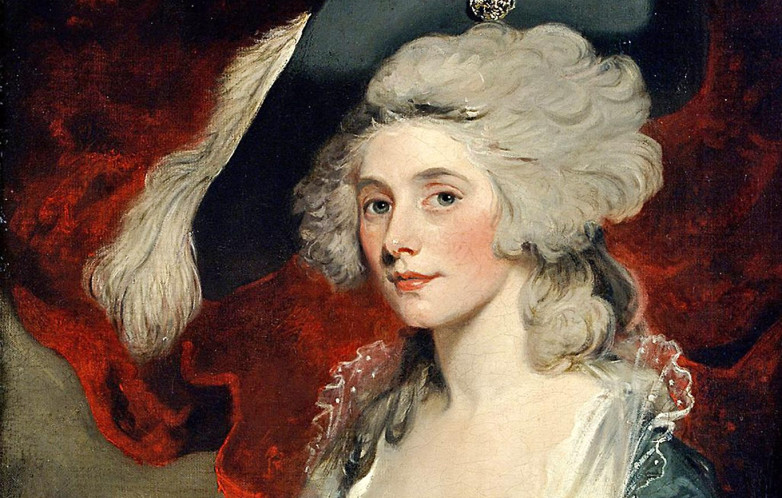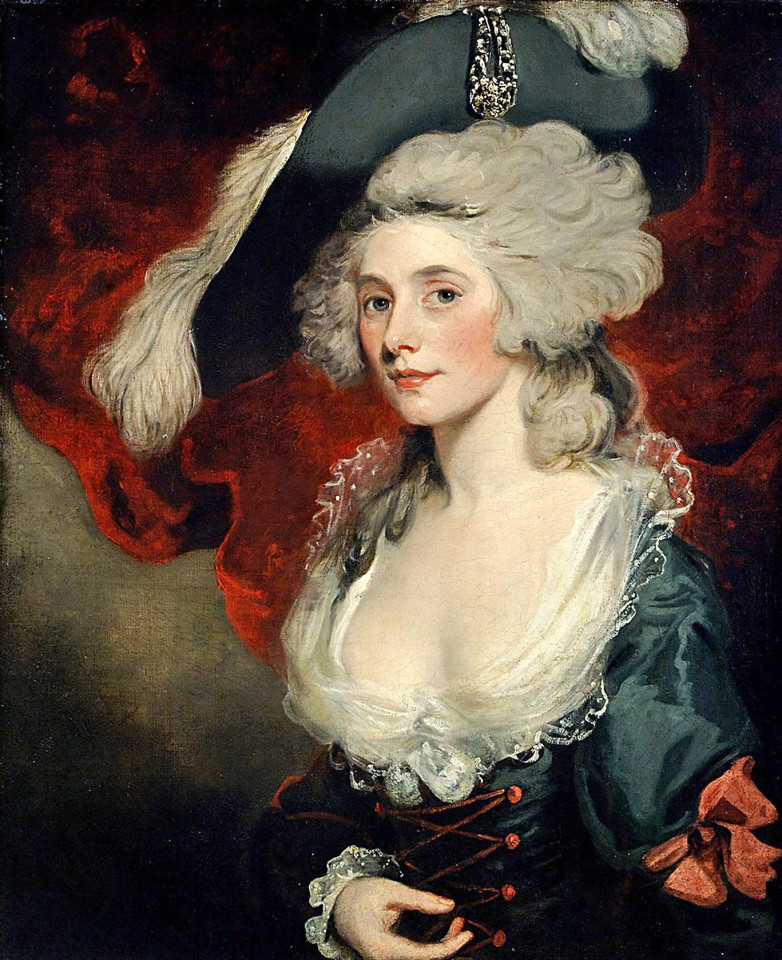From treading the boards of London’s theatres, to dominating the gossip columns, Mary Robinson pioneered celebrity status. She lit up the fashion world, sparking trends with her choice of outfit, and would go on to command the literary world, publishing 15 works of poetry, seven novels, as well as political and feminist essays. A talented poet, she developed her distinctive style alongside some of the best writers of the day, and in the final decade of her life honed her political ideas in the radical circle around William Godwin and Mary Wollstonecraft. Yet despite her aristocratic and literary connections, few would publicly associate with Robinson, due to her ruined reputation. Once the most famous woman in England, she died a social outcast, with only two friends at her funeral.
This exhibition - at Chawton House in Hampshire, England, from September 2 through April 21, 2025 - will display for the first time rare and early editions of Robinson’s writing. These range from the debut novel that sold out by lunchtime to her impassioned argument for women’s education and rights together with scant surviving manuscript material from collections and archives across the UK.
The exhibition also offers a once in a lifetime chance to see Robinson’s manuscript of the memoirs she prepared for publication shortly before she died, on loan from the Chequers Trust and shown here publicly for the first time. Robinson was famously offered the astronomical sum of £20,000 to become a Royal Mistress, although this sum was never paid. The true story of her financial settlement with the Royal family is revealed through rare, surviving letters, showing both sides of the negotiation, on loan from Hertfordshire Archives.
These documents are brought together with the costumes, portraits, engravings and caricatures through which her reputation was both shaped and ruined. In particular, the support of the Weston Loan programme with Art Fund has enabled the display of two radically different images of Robinson: Chawton House’s sumptuous oil painting by John Hoppner, taken at the height of her fame (1782), alongside her final surviving portrait by George Dance (1793), a star item on loan from the National Portrait Gallery. Showing Robinson in vastly different lights, these portraits will offer a new and more complex view of this extraordinary woman.
“Mary Robinson might be the most famous woman you’ve never heard of, who could be described as the first modern celebrity," said Chawton House Curator Emma Yandle. "She was a great beauty and muse to the top society artists of the day, whilst simultaneously being being savaged in the press, slut-shamed as we would say today, for her romantic life. However, off the back of this infamy, she managed to forge a successful career as a writer.
"Throughout her career we see her resisting the limiting definitions foisted upon her at the outset of her life. Using Robinson’s own words to guide the narrative, the exhibition reveals how she was an active agent in her life story, who carefully fashioned her identity, to reputational and financial ends. I hope people will leave with a complicated sense of who she was, as well as considering the similarities between the treatment of female celebrity in the past and today.”

















